The examination for membership of the royal college of obstetricians and gynaecologists (MRCOG) remains one of the most internationally recognised postgraduate examinations in the specialty. Over the years, the examination has evolved in keeping with changes in medical education; The part 3 Examination now consists of 14 tasks, each covering one of the 14 core modules in the curriculum and assessing specific skills which may include all or some of information gathering, communication with patients and families, communication with colleagues, patient safety, and applied clinical knowledge.this invaluable resource consists of analyses of different aspects of what is being tested, with general advice on how to prepare for the examination and discussion of the reasons why trainees fail the examination. There follow four Sample ‘Papers’ of tasks; in each of them, attempts have been made to cover all 14 modules in the core curriculum. There is also an additional Paper with random tasks to help with preparation.
Complete Revision Guide for MRCOG Part 3
₹975.00
| Weight | 650 kg |
|---|---|
| Dimensions | 23.4 × 15.6 × 2.1 cm |
Customer Reviews
There are no reviews yet.

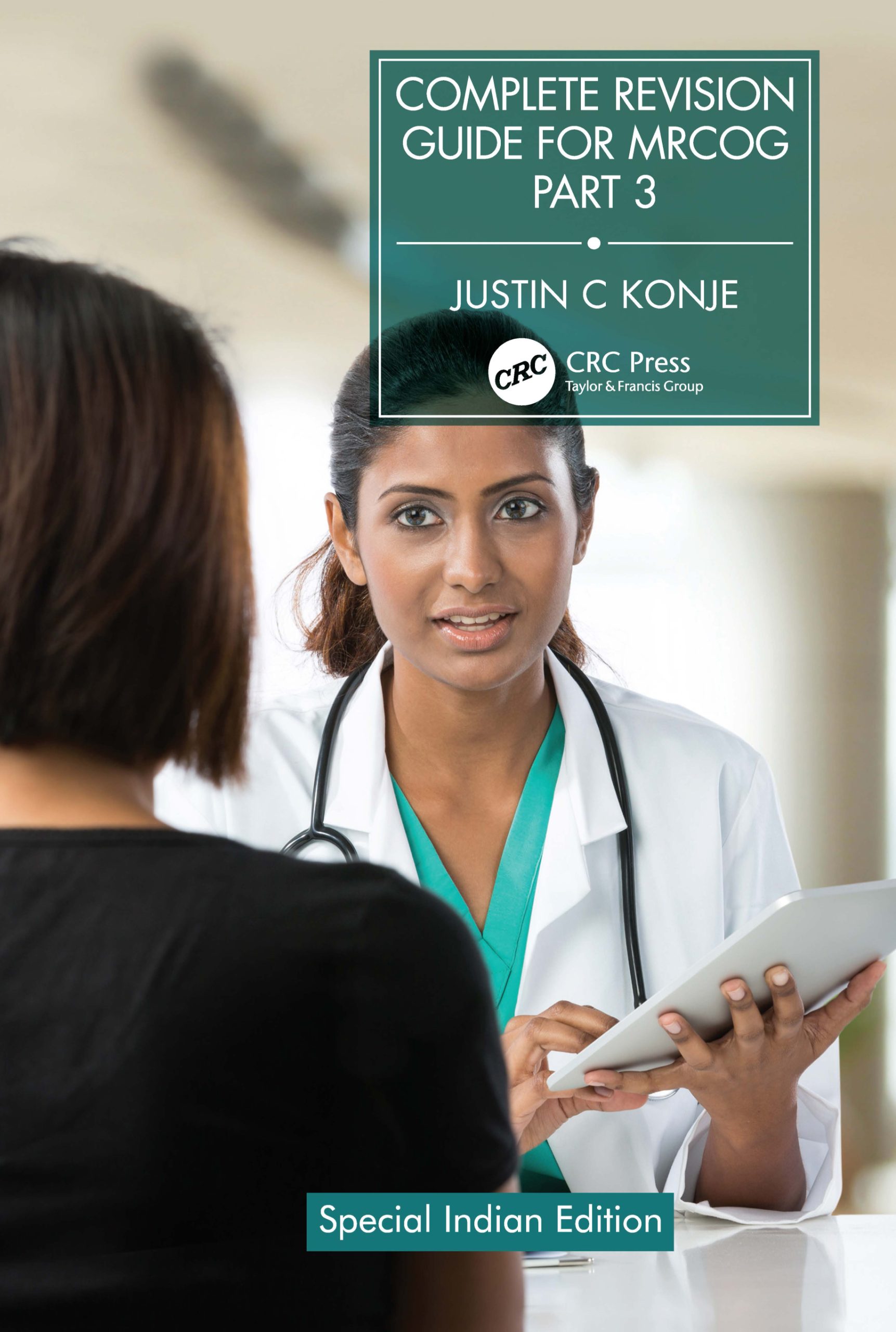
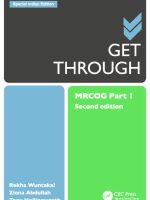
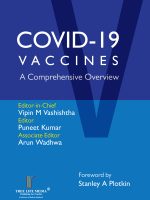
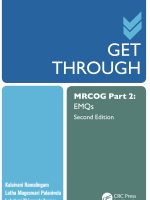
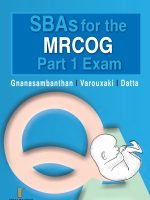
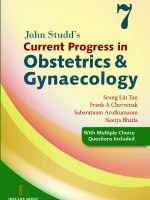
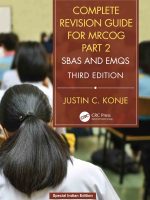
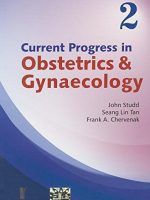
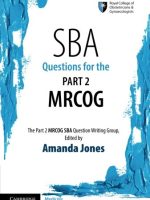
Be the first to review “Complete Revision Guide for MRCOG Part 3”